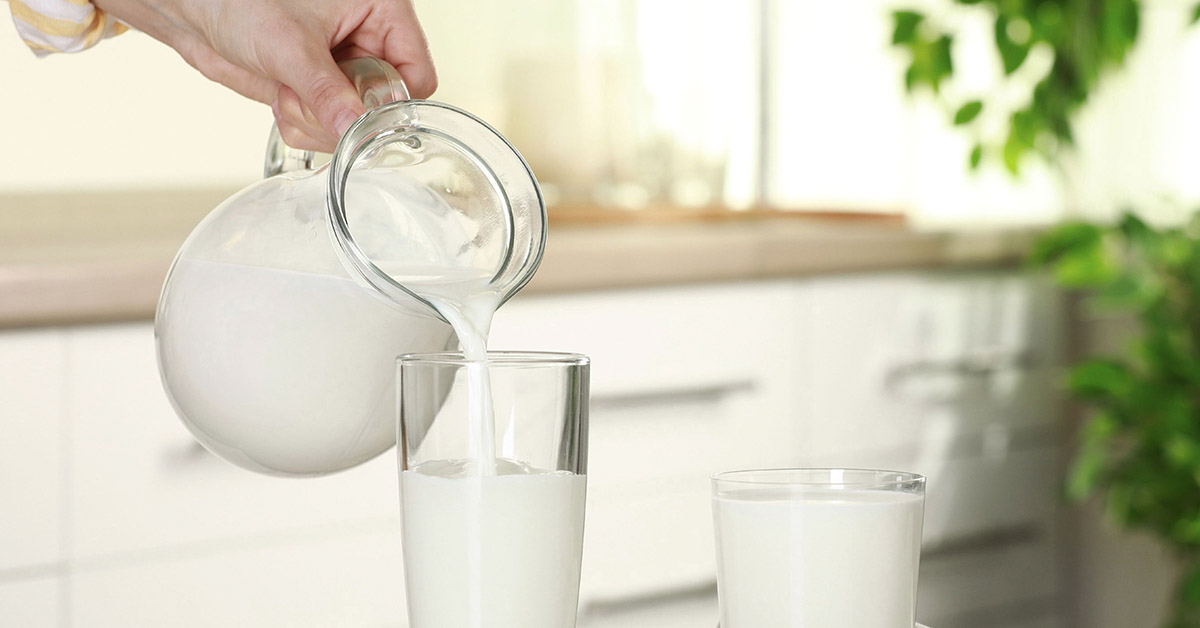The price of milk is rising, and families across the globe are beginning to notice. Whether you’re buying a gallon for breakfast cereal or cooking dinner, milk prices are climbing fast. Farmers and economists warn that this trend could soon make milk too expensive for many households. Let’s explore why this is happening and what it means for the future.
Climate Conditions Impact Milk Production
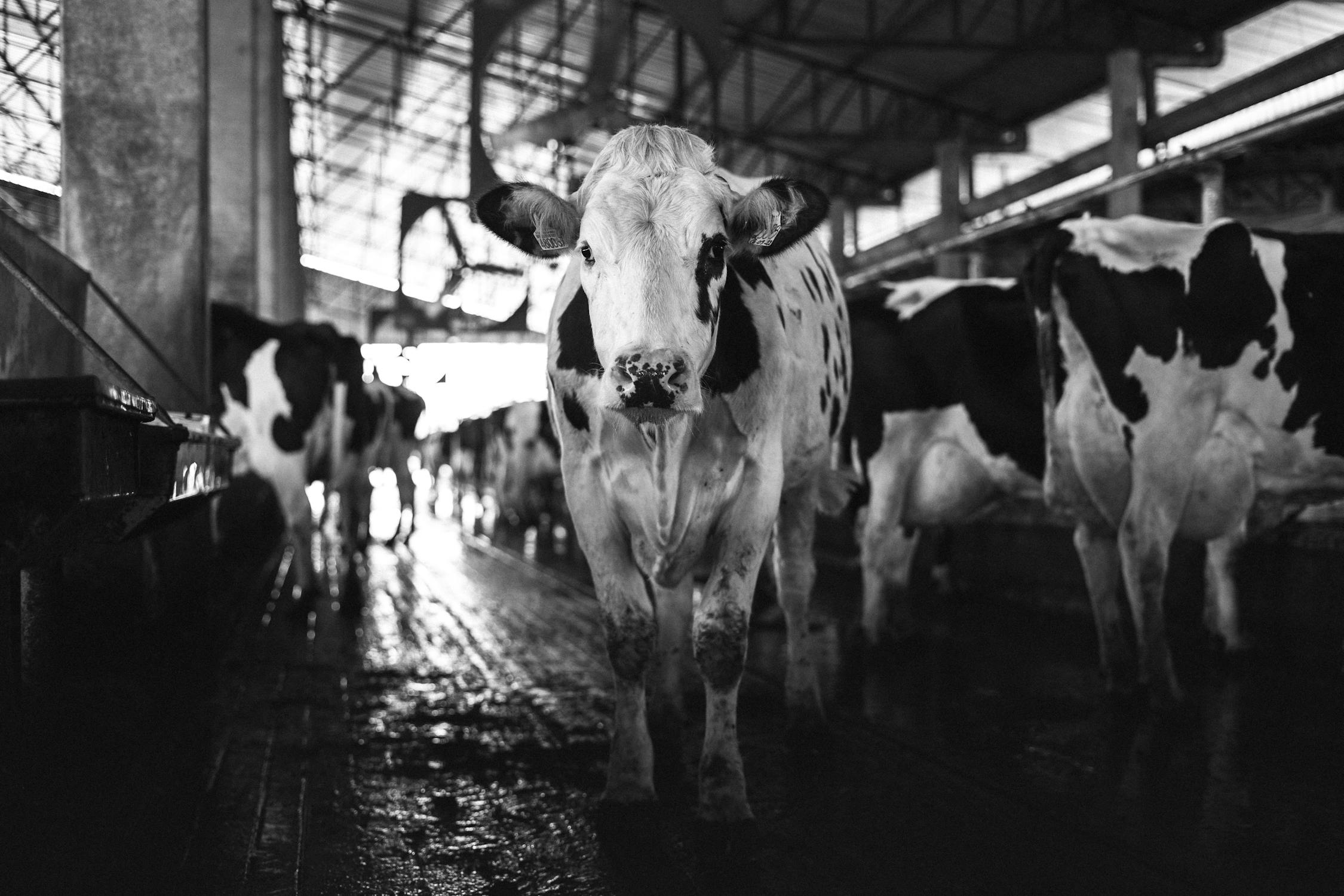
Weather patterns are shifting, and dairy farms are feeling the impact. In Brazil, the Center for Advanced Studies on Applied Economics (Cepea) noted a 4.6% decline in milk production between January and February 2025. This was due in part to extreme heat and irregular rainfall in the country’s southeastern and southern regions.
These areas are major dairy-producing hubs. When the weather turns hot and dry, cows produce less milk. That’s because heat stress affects their ability to eat and rest properly. This has become a bigger problem in recent years. Warmer seasons are starting earlier and lasting longer, which means less milk reaches the market.
The effects don’t stop at the farm. With less milk available for sale, competition among processors increases. This drives up the wholesale price and eventually raises costs for consumers.
Increased Demand Drives Prices Up

At the same time that supply is tightening, demand remains strong. Milk continues to be a dietary staple in many countries. In Brazil, for example, annual milk consumption exceeds 27 million metric tons. Ultra-pasteurized milk is especially popular because it can sit on store shelves without refrigeration for months.
This type of milk has helped meet growing consumer needs. But when production falls short, prices climb. More people are competing for fewer available cartons. According to Cepea, dairy processors in Brazil had to pay 3.3% more for milk in February compared to January.
That increase at the producer level often gets passed on to buyers. If demand continues to outpace supply, the price of milk will keep rising at the grocery store.
Inflation Adds Pressure to the Dairy Industry

Milk doesn’t just appear on shelves. It requires a long chain of production involving farmers, workers, transporters, processors, and retailers. Each link in that chain has seen rising costs due to inflation.
Feed for cows is more expensive. Labor costs are up. Transportation fuel prices have surged in many regions. Packaging and energy expenses have also gone higher. All of this puts strain on dairy farmers, especially those operating on tight margins.
Many small and mid-size dairy farms already struggle to break even. When their costs increase and they cannot charge more, they absorb the losses. Over time, this causes more farms to close, shrinking overall supply. This only worsens the price of milk by limiting available sources.
In countries like the United States, even large dairy operations have felt the pinch. Feed costs alone have increased nearly 50% in some areas over the past two years. As operating expenses rise, farmers either reduce their herd size or exit the business altogether.
U.S. Milk Pricing Reforms May Bring Uncertainty
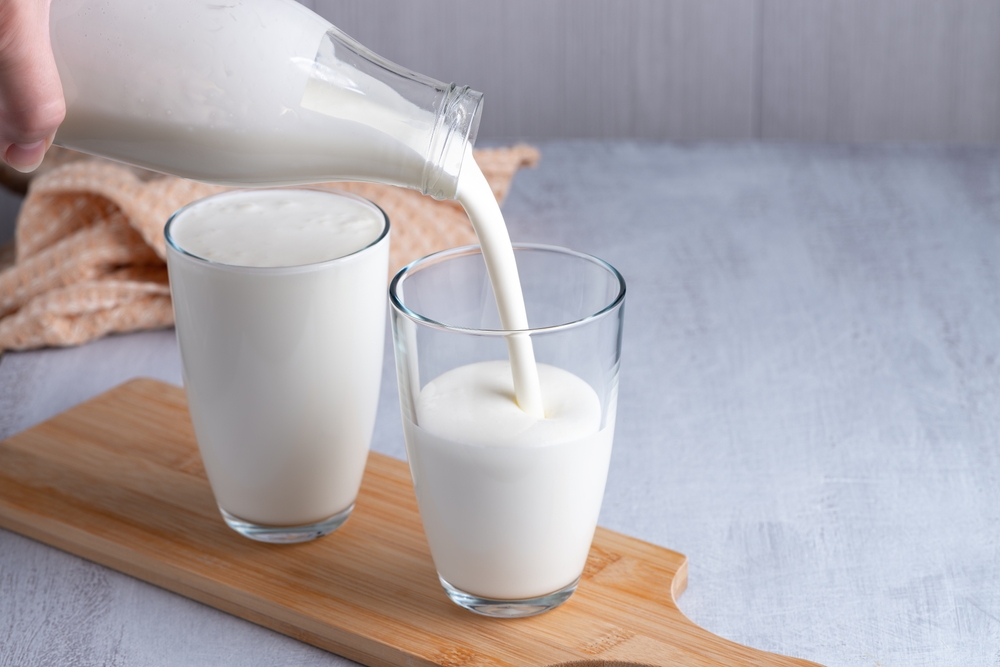
In the United States, milk pricing follows a complex system governed by the USDA. The current pricing structure was established decades ago. Many dairy producers say it no longer reflects today’s market realities.
The USDA has proposed updates to its Federal Milk Marketing Order (FMMO) system. These changes would impact how milk prices are calculated and how much producers earn. One major adjustment includes revising how manufacturers are compensated for processing fluid milk versus cheese or butter.
While some industry groups support the proposed changes, others worry it could reduce farmers’ earnings. The new rules aim to offer more fairness and transparency. However, the impact on the final price of milk remains uncertain.
If dairy producers see lower profits from the new system, they may be less likely to invest in expansion. That could further restrict milk supply and lead to higher retail prices.
Global Factors Influence the Price of Milk

Milk prices are affected not just by local conditions, but also by global trends. Countries import and export milk and dairy products based on supply, demand, and trade agreements. When weather events or political disruptions affect one region, they can cause ripple effects around the world.
For instance, when Europe faces drought or poor crop yields, they produce less dairy feed. This drives up feed prices globally. Similarly, if New Zealand, a major dairy exporter, has a slow production year, it affects the global milk supply.
Read More: Bird Flu Kills 20 Million Chickens, Causing Egg Prices to Skyrocket in the U.S
Global fuel prices also impact dairy transport. Milk is a perishable good and needs to be moved quickly from farms to processors to retailers. Rising oil prices lead to higher freight costs, which are ultimately passed on to consumers.
Add in currency fluctuations, export tariffs, and geopolitical instability, and the picture gets more complicated. All these issues feed into the rising price of milk that people are now seeing in stores.
Lower-Income Families Hit the Hardest
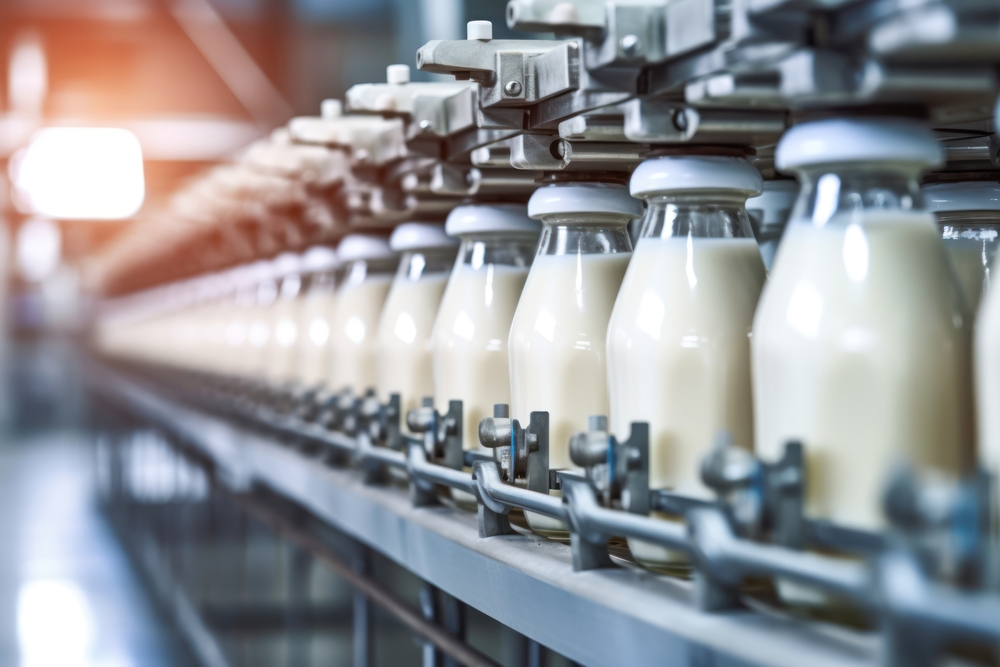
As milk becomes more expensive, lower-income households feel the impact first. Milk is often considered a necessary grocery item, especially for children and elderly family members. When prices rise, some families are forced to reduce consumption or look for alternatives.
This can lead to nutritional concerns. Milk is a key source of calcium, protein, and vitamin D. Cutting it out of the diet without proper replacements can affect health, especially in growing children.
In some regions, government assistance programs like WIC or SNAP offer support for milk purchases. But if prices keep rising, these programs may not cover the full cost. Families could be left to make tough choices about nutrition and spending.
Sustainability Efforts Could Help Stabilize Prices
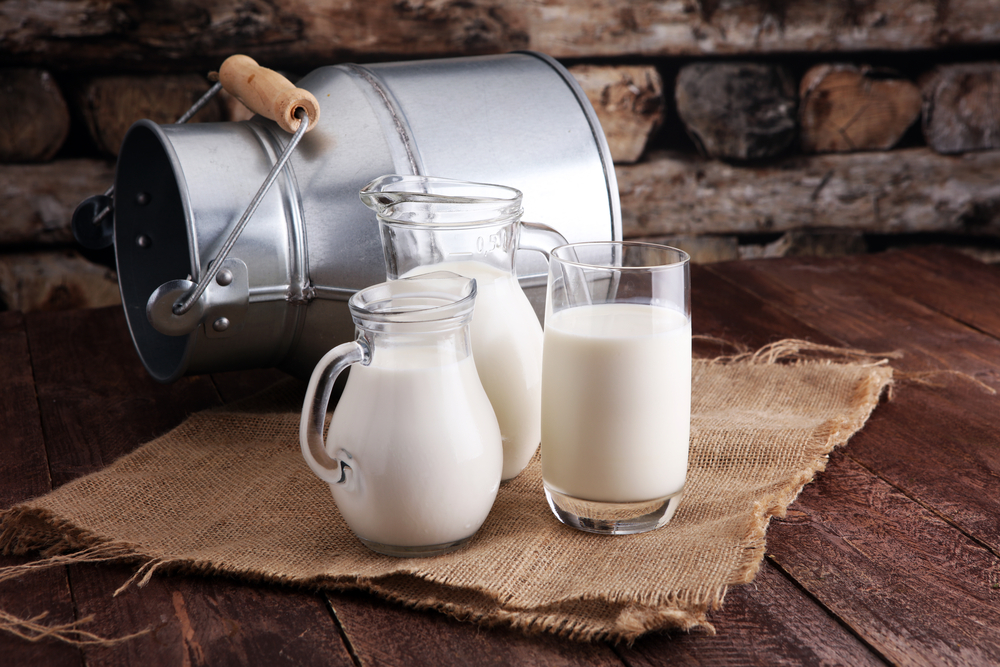
One long-term solution to milk price instability lies in sustainability. More farmers are investing in practices that make dairy operations more resilient. This includes improved grazing systems, better water management, and precision feeding.
These efforts can reduce the environmental impact of dairy farming while boosting productivity. For example, using shade and cooling systems can reduce heat stress in cows, increasing milk yield during summer months.
Governments and agricultural groups are also encouraging farmers to diversify their income sources. This helps cushion the blow during market downturns or environmental challenges.
By adopting sustainable models, farmers may be able to maintain steadier production. That could lead to more consistent pricing and improved food security.
What Can Consumers Do?

While individuals cannot control global supply chains, there are ways to respond to rising milk prices. Supporting local dairy farms can help strengthen regional food systems. Buying from farmers’ markets or participating in dairy co-ops puts money directly into producers’ hands.
Consumers can also explore price comparisons and store brands. Sometimes, switching from national to local labels offers the same quality at a lower cost.
Another option is reducing waste. Store milk properly to avoid spoilage, and consider powdered or shelf-stable milk when prices spike. Stretching each gallon can help reduce the number of trips to the store.
The Future of Milk Affordability

The price of milk is rising due to a perfect storm of factors. Climate change, inflation, global trade, and policy shifts all play a part. The result is a growing concern that this everyday staple may become unaffordable for many.
If current trends continue, the impact will be widespread. Farmers may exit the industry, and more families could be priced out of a basic food item. Solving the problem will require cooperation from governments, consumers, and the agricultural sector.
For now, staying informed and supporting sustainable farming are the best tools we have. Milk may be on a rocky road, but awareness and action can help protect its place at the breakfast table.
Read More: 12 Must-Have Foods to Buy Now Before Tariffs Drive Prices Up
